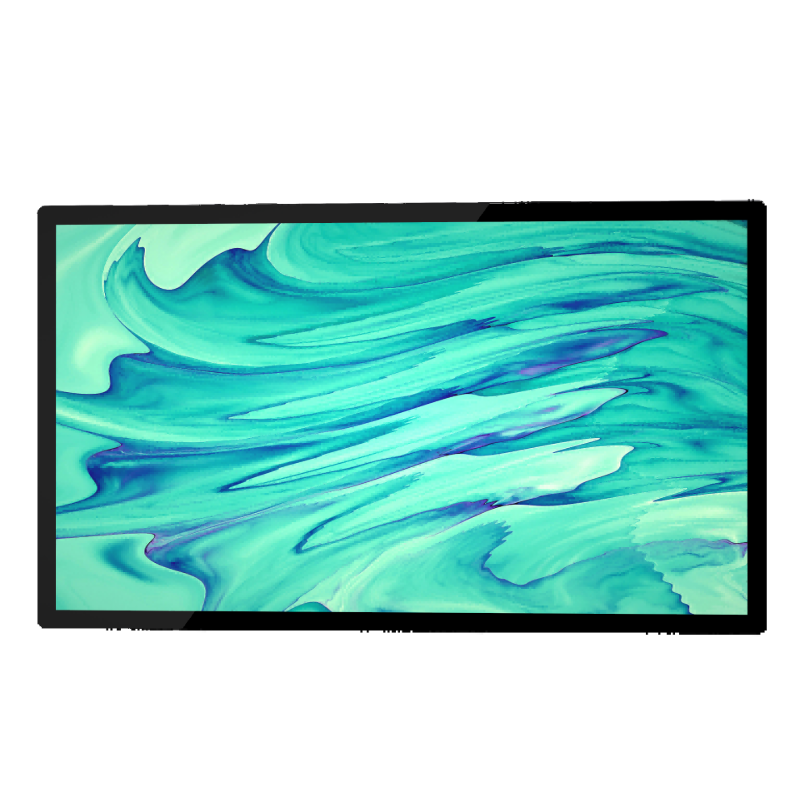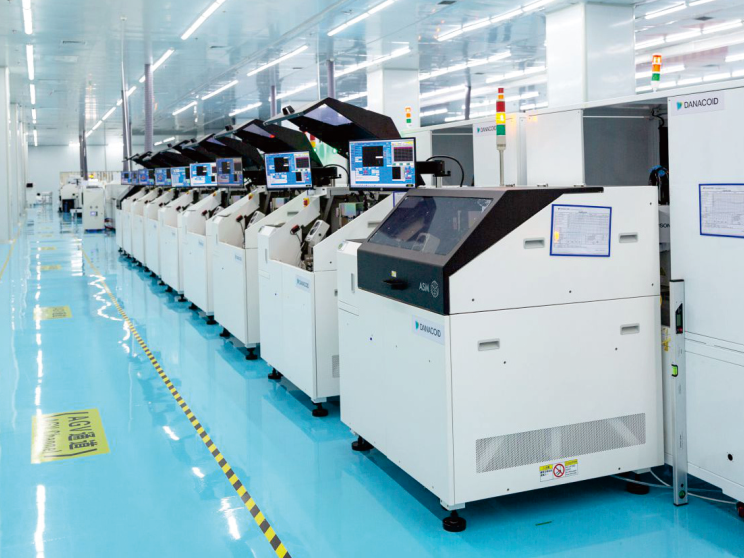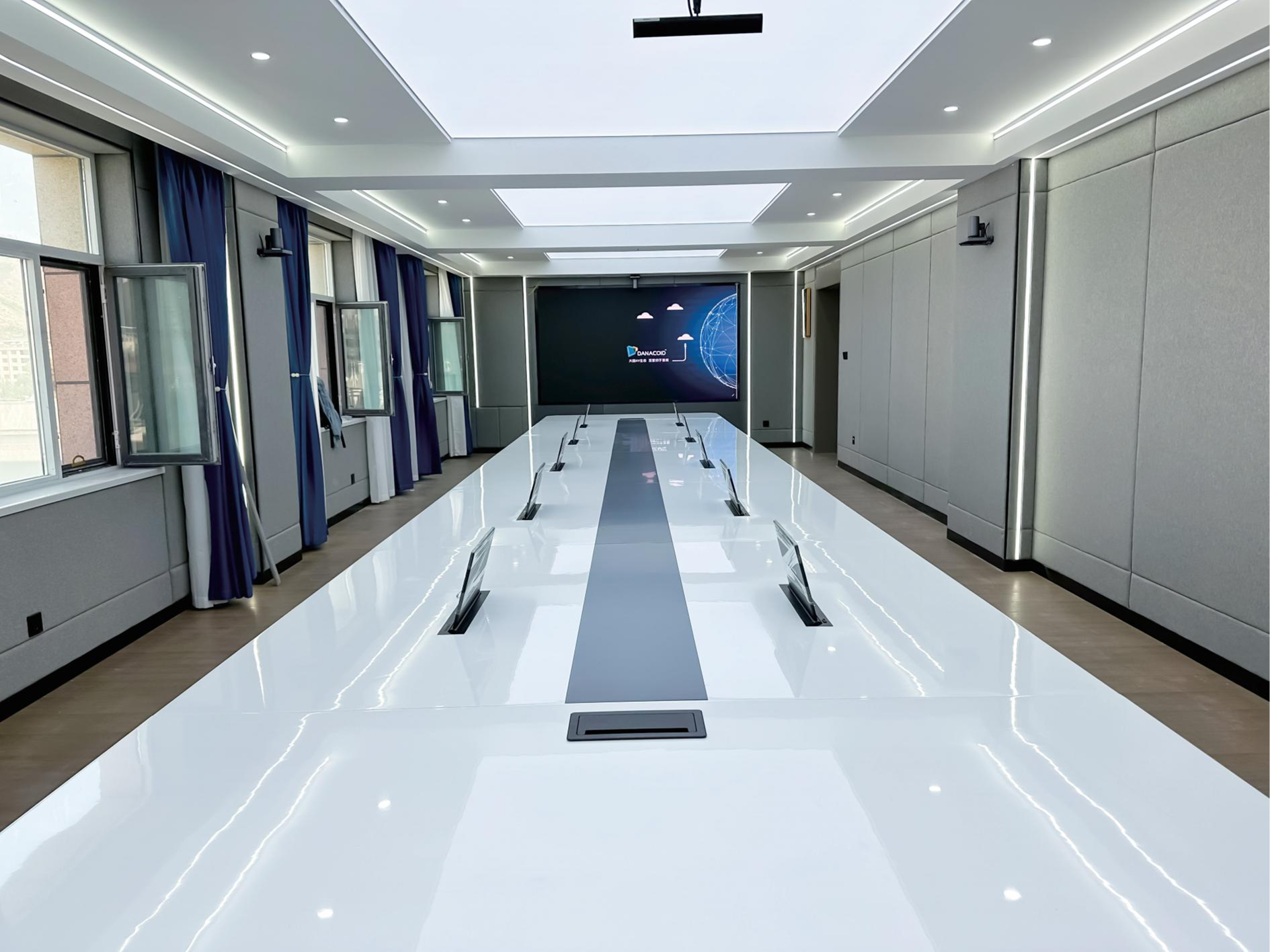Digital display technology has revolutionized how businesses communicate with their audiences, and LED screens have emerged as the dominant choice for various applications. When considering LED display solutions, organizations face a crucial decision between RGB LED screens and single-color alternatives. Understanding the fundamental differences between these technologies is essential for making informed purchasing decisions that align with specific operational requirements and budget constraints.

The choice between RGB and single-color LED displays significantly impacts visual presentation capabilities, energy consumption, maintenance requirements, and overall investment returns. Modern businesses across retail, hospitality, transportation, and corporate sectors increasingly rely on LED technology to enhance customer experiences and streamline information delivery. This comprehensive analysis explores the technical specifications, practical applications, and economic considerations that distinguish these two prominent LED display categories.
Technical Architecture and Color Production
RGB Color Technology Fundamentals
RGB LED screens utilize three distinct color diodes—red, green, and blue—within each pixel to create the full spectrum of visible colors. This additive color system combines varying intensities of the three primary colors to produce over 16.7 million possible color combinations. The sophisticated control circuitry manages individual LED brightness levels, enabling smooth color transitions and precise color accuracy essential for high-quality visual presentations.
The technical complexity of RGB LED screens requires advanced processing capabilities to coordinate color mixing algorithms and maintain color consistency across the entire display surface. Modern RGB systems incorporate gamma correction, color temperature adjustment, and brightness uniformity calibration to ensure optimal visual performance under various ambient lighting conditions.
Single-Color LED Implementation
Single-color LED screens employ monochromatic diodes, typically in red, amber, green, or white configurations, to display text and simple graphics. These systems focus on maximizing brightness and visibility rather than color variety, making them ideal for applications where information clarity takes precedence over visual aesthetics. The simplified architecture reduces manufacturing complexity and enhances reliability through fewer electronic components.
Single-color implementations often achieve superior brightness levels compared to RGB alternatives, as all electrical power concentrates on a single LED color rather than distributing energy across three separate diodes. This focused approach enables exceptional visibility in direct sunlight and high-ambient-light environments where color displays might struggle to maintain readability.
Visual Performance and Display Quality
Color Reproduction and Accuracy
RGB LED screens excel in delivering vibrant, realistic color reproduction that closely matches human visual perception and photographic content. Professional-grade RGB displays achieve wide color gamuts covering sRGB, Adobe RGB, and DCI-P3 color spaces, ensuring accurate representation of branded colors, photographic images, and video content. This capability proves invaluable for retail environments, entertainment venues, and corporate presentations where brand consistency and visual impact drive customer engagement.
Color accuracy in RGB LED screens depends heavily on calibration quality and LED binning processes during manufacturing. Premium systems incorporate automatic color correction algorithms that compensate for LED aging and environmental factors, maintaining consistent color performance throughout the display's operational lifespan. These features become increasingly important in mission-critical applications where color fidelity directly impacts business outcomes.
Contrast and Brightness Capabilities
Single-color LED displays typically deliver superior contrast ratios and peak brightness levels compared to RGB alternatives. The monochromatic approach eliminates color mixing complexities, allowing for more aggressive brightness optimization and enhanced text readability. These characteristics make single-color displays particularly effective for outdoor signage, transportation information systems, and industrial control panels where visibility under challenging lighting conditions is paramount.
RGB LED screens balance brightness capabilities with color reproduction requirements, often resulting in moderate brightness levels that prioritize color accuracy over maximum luminance. However, modern RGB technologies continue advancing brightness capabilities while maintaining color fidelity, with high-end systems achieving brightness levels suitable for most outdoor applications without sacrificing visual quality.
Application-Specific Considerations
Retail and Commercial Environments
Retail environments benefit significantly from RGB LED screens' ability to showcase products with accurate colors and dynamic visual effects. Fashion retailers, automotive showrooms, and electronics stores leverage full-color capabilities to create immersive shopping experiences that influence purchasing decisions. The versatility of RGB displays enables seamless integration of promotional videos, product demonstrations, and interactive content that engages customers and reinforces brand messaging.
Commercial office buildings and corporate lobbies often utilize RGB LED screens for visitor information systems, company branding displays, and conference room signage. The professional appearance and content flexibility of RGB technology align with corporate image requirements while providing administrators with comprehensive content management capabilities for diverse communication needs.
Transportation and Public Information Systems
Transportation hubs, including airports, train stations, and bus terminals, frequently deploy single-color LED displays for schedule information, wayfinding systems, and emergency announcements. The superior readability and reliability of monochromatic displays ensure critical information remains visible under all conditions, while simplified maintenance requirements reduce operational disruptions in 24/7 environments.
Highway message boards and traffic management systems almost exclusively utilize single-color LED technology due to regulatory requirements emphasizing visibility and reliability over aesthetic considerations. The proven durability and weather resistance of single-color systems make them ideal for outdoor infrastructure applications where consistent performance is non-negotiable.
Economic Analysis and Cost Considerations
Initial Investment Requirements
RGB LED screens typically require higher initial investments due to complex manufacturing processes, sophisticated control systems, and premium component specifications. The additional circuitry needed for color mixing, calibration systems, and advanced processing capabilities contribute to elevated per-square-meter pricing compared to single-color alternatives. However, declining production costs and increased manufacturing efficiency continue reducing RGB price premiums across all market segments.
Single-color LED displays offer attractive entry-level pricing that appeals to budget-conscious organizations and applications with straightforward display requirements. The simplified architecture translates to lower manufacturing costs, reduced component counts, and streamlined quality control processes that benefit end-users through competitive pricing structures.
Long-term Operational Expenses
Energy consumption patterns differ significantly between RGB and single-color LED technologies. RGB systems consume variable power levels depending on displayed content, with white backgrounds requiring maximum energy for all three color channels simultaneously. Single-color displays maintain consistent, optimized power consumption regardless of content variations, potentially offering long-term energy savings in high-usage applications.
Maintenance requirements favor single-color implementations due to reduced component complexity and proven reliability records. RGB LED screens require more sophisticated diagnostic tools, specialized technician training, and potentially higher spare parts inventory to maintain optimal performance. Organizations must factor these ongoing operational considerations into total cost of ownership calculations when evaluating display technology options.
Future Technology Trends and Developments
Emerging RGB Innovations
Advanced RGB LED screens incorporate cutting-edge technologies such as quantum dot enhancement, mini-LED backlighting, and HDR processing capabilities that significantly improve color accuracy and brightness performance. These innovations address traditional RGB limitations while expanding application possibilities into outdoor advertising, broadcast production, and high-end retail environments previously dominated by alternative display technologies.
Artificial intelligence integration enables RGB systems to automatically optimize content presentation based on ambient lighting conditions, viewing distances, and audience demographics. Smart calibration algorithms continuously monitor display performance and adjust color parameters to maintain optimal visual quality throughout the display's operational lifespan, reducing maintenance requirements while enhancing user experiences.
Single-Color Technology Evolution
Modern single-color LED displays benefit from improved LED efficiency, enhanced driver circuits, and advanced thermal management systems that extend operational lifespan while reducing energy consumption. New phosphor technologies enable warmer white color temperatures and improved color rendering for applications requiring enhanced text readability and reduced eye strain during extended viewing periods.
Integration capabilities continue expanding for single-color systems through IoT connectivity, cloud-based content management, and mobile device compatibility. These enhancements transform traditional single-color displays into sophisticated communication platforms capable of delivering dynamic content while maintaining the reliability and cost-effectiveness that define this technology category.
FAQ
What are the main advantages of RGB LED screens over single-color displays
RGB LED screens provide unlimited color possibilities, enabling vibrant graphics, videos, and photographic content display. They offer superior visual impact for marketing applications, brand presentation, and entertainment purposes. RGB technology also provides greater content flexibility, allowing organizations to display diverse multimedia content without hardware limitations.
When should businesses choose single-color LED displays instead of RGB alternatives
Single-color LED displays are ideal for applications prioritizing information clarity, reliability, and cost-effectiveness over visual aesthetics. They excel in transportation systems, industrial environments, outdoor signage, and emergency communication systems where maximum readability and proven durability are essential requirements that outweigh color display capabilities.
How do energy consumption patterns differ between RGB and single-color LED screens
Single-color LED displays typically consume consistent, optimized power levels regardless of displayed content, while RGB systems show variable consumption based on color combinations and brightness requirements. White backgrounds on RGB displays require maximum power for all three color channels, potentially increasing energy costs compared to single-color alternatives in high-usage scenarios.
What factors should organizations consider when choosing between RGB and single-color LED technology
Key considerations include application requirements, budget constraints, maintenance capabilities, viewing environment conditions, and content complexity. Organizations should evaluate total cost of ownership, including initial investment, energy consumption, maintenance requirements, and expected lifespan when making technology decisions that align with specific operational needs and strategic objectives.
Table of Contents
- Technical Architecture and Color Production
- Visual Performance and Display Quality
- Application-Specific Considerations
- Economic Analysis and Cost Considerations
- Future Technology Trends and Developments
-
FAQ
- What are the main advantages of RGB LED screens over single-color displays
- When should businesses choose single-color LED displays instead of RGB alternatives
- How do energy consumption patterns differ between RGB and single-color LED screens
- What factors should organizations consider when choosing between RGB and single-color LED technology









